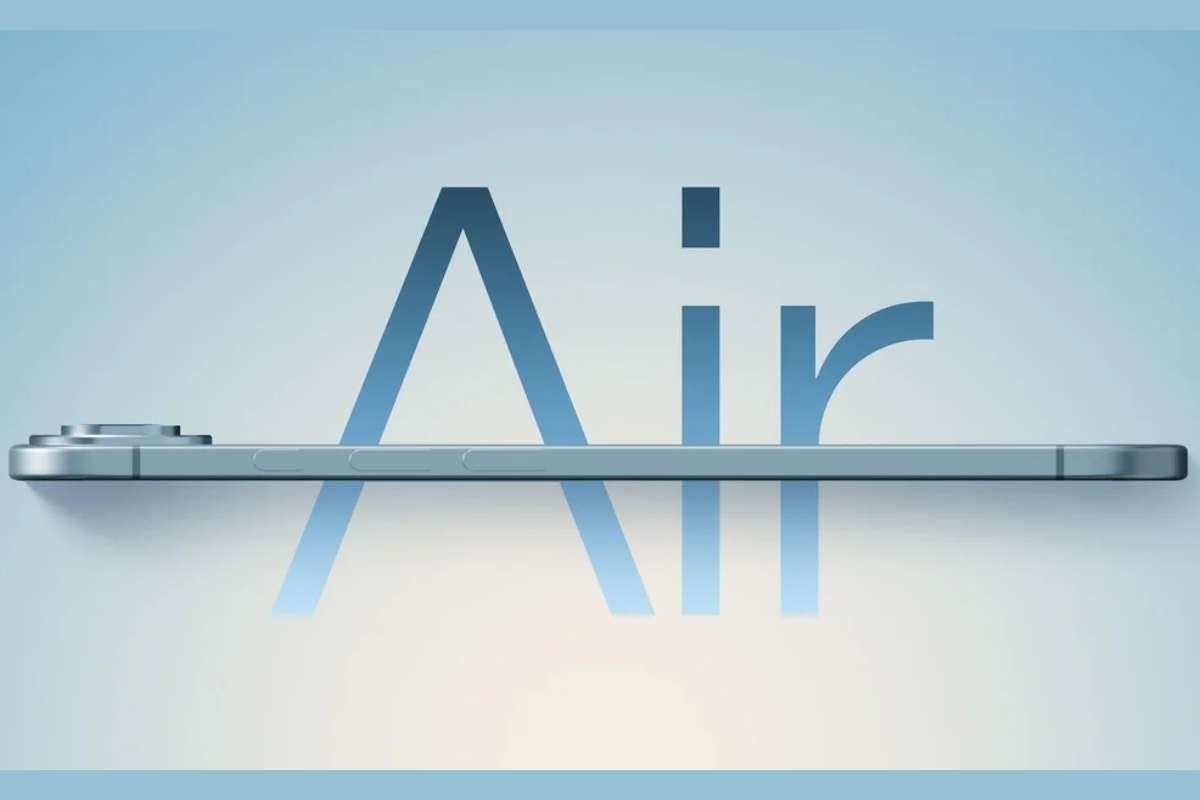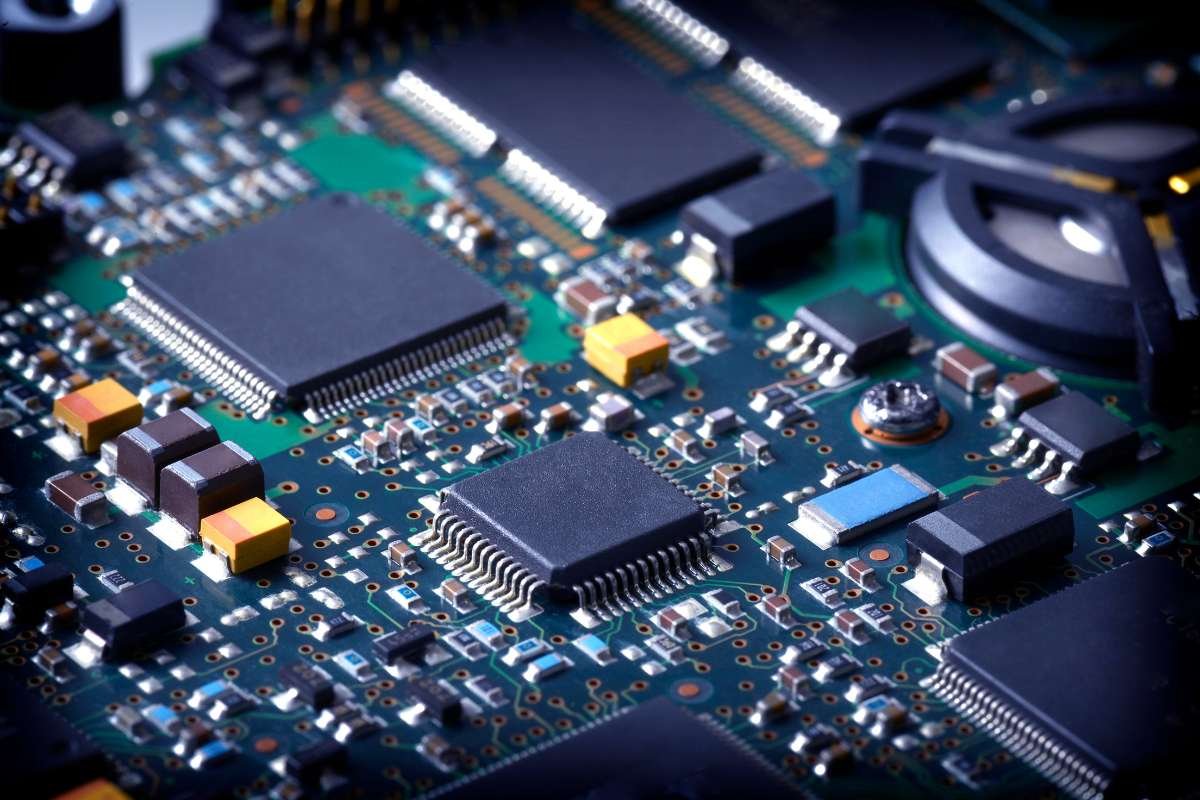Key Points:
- Apple debuts iPhone Air – 5.6mm slim, $999.
- Packed with A19 Pro, Wi-Fi 7, iOS 26, dual cameras.
- Steady pricing to rival foldables, drive upgrades.
Apple has introduced the iPhone Air, a dramatically slimmed-down smartphone priced at $999, positioning it between the base iPhone 17 and the premium Pro versions. At just 5.6 millimeters thick, the device marks the company’s boldest design shift in nearly a decade. Chief executive Tim Cook described it as both a “game changer” and “the most durable iPhone yet” during the company’s annual September event.
Alongside the iPhone Air, Apple refreshed its entire lineup, unveiling the iPhone 17 and iPhone 17 Pro, new AirPods Pro, and an updated Apple Watch capable of blood pressure monitoring. Despite rising tariffs that could have added significant costs to U.S. buyers, the company opted to hold pricing steady, signaling a deliberate push to encourage upgrades and protect its market share heading into the holiday season.
Slim Design, Powerful Specs, and Smarter Features
The iPhone Air stands out as Apple’s thinnest smartphone ever, featuring a titanium frame and Ceramic Shield glass for added durability without compromising its lightweight design. The device is powered by the A19 Pro chip, engineered for both speed and efficiency, and paired with a high-density battery that delivers “all-day” performance despite the ultra-slim profile.
The handset boasts a 6.5-inch Super Retina XDR display with ProMotion 120Hz technology and brightness up to 3,000 nits. Connectivity upgrades include Wi-Fi 7, Bluetooth 6, Thread support, and eSIM-only functionality, signaling Apple’s continued transition away from physical SIM cards. A new N1 Wi-Fi chip and C1X modem reduce the company’s reliance on traditional suppliers while enhancing performance.
For users demanding more power, Apple offers a slim MagSafe battery pack that extends video playback to nearly 40 hours. The iPhone Air’s camera system includes a 48-megapixel Fusion rear sensor, a 12-megapixel telephoto lens, and an 18-megapixel front camera with Center Stage, plus dual-camera recording capabilities. The device ships with iOS 26, introducing a redesigned “Liquid Glass” interface that emphasizes fluid animations and more intuitive navigation.
Market Strategy and Industry Implications
Analysts view the iPhone Air as a calculated move to refresh excitement in a smartphone lineup that has faced criticism for incremental updates in recent years. Its combination of sleek design, durable materials, advanced technology, and a mid-range price point positions it as a potential category-defining product.
The launch is also seen as a direct response to competition from foldable devices, particularly in Asian markets where flexible displays have gained popularity. By offering a thinner and more durable alternative, Apple aims to capture consumers who value novelty but remain loyal to traditional form factors.
Moreover, Apple’s choice to absorb tariff-related costs rather than pass them to consumers reflects its aggressive holiday-season strategy. Analysts suggest this approach could cost the company billions in the short term but may strengthen upgrade cycles and long-term loyalty. With the iPhone Air leading the charge, Apple has signaled that its future lies in balancing daring design with pragmatic pricing—a mix that could reshape its position in the global smartphone race.
Visit CIO Women Magazine to read more.









